
OR
#BLOG
Only Endemic Bird of Nation Calls for Conservation Action
Published On: April 22, 2024 09:00 AM NPT By: Shila Gurung


Shila Gurung
The writer is a student at the Institute of Forestry, Pokhara Campus.news@myrepublica.com
Have you ever seen or heard the unique call of Spiny Babbler (Kaande Bhyakur)? Often hidden within dense scrublands, its sight, and song are rare treasures. Those who are lucky enough to hear it and have sight of it are rewarded with a glimpse of the bird found nowhere else on the planet, except Nepal. Spiny Babbler, the only bird endemic to Nepal, is a symbol of Nepal’s rich natural heritage, yet it is increasingly threatened due to habitat loss and anthropogenic threats.
Nepal, home to nearly 900 bird species so far, is a paradise for birdwatchers. Among these bird species found in Nepal, the Spiny Babbler stands out as the only endemic bird. It is a big, brown-colored bird characterized by a pointed beak and a tail with distinctive crossbars. Typically inhabiting areas with dense scrub, this species is often found in pairs. The suitable habitat of Spiny Babbler is scrubland, tropical and subtropical moist forest of mid-hills. It is typically found at elevations ranging from 500m to 2135m in summer and 500-1830m in winter. The primary diet of the Spiny Babbler consists mainly of insects like grasshoppers, caterpillars, bugs, and wasps, also includes berries, nectar, and seeds, with foraging occurring on the ground or in lower scrub vegetation. It has a highly distinctive sound and mimics squeaks, chuckles and chirps. The species is rarely to be foreseen by the human eyes because of its shy nature, except in their breeding season (April-June) when males often sing in the open.The Spiny Babbler is found across mid-hill range of Nepal, from the far west to the east. It's frequently seen in the Shivapuri Nagarjun National Park, Annapurna Conservation Area and Makalu Barun National Park. It has also been recorded in other areas including the Kathmandu valley, Godavari, Phulchoki, Pokhara, Tamor valley, Mai valley forest, Raja Rani community forest, and Sunsari District.
The Spiny Babbler had been considered extinct for centuries until its surprise rediscovery in Rekcha Village of the Karnali zone by American ornithologist Sidney Dillon Ripley. In recent years, there is a growing influx of bird tourism in Nepal. Nepal has become one of the global destinations for bird enthusiasts eager to glimpse its avian diversity, including the rare Spiny Babbler. Around eight percent of the total international tourists come to Nepal specifically for birdwatching. The search for this bird attracts tourists to Nepal’s remote areas, highlighting the potential of Spiny Babbler for promoting eco-tourism. However, the growth in bird tourism brings challenges, particularly for a species like the Spiny Babbler, which thrives in undisturbed habitats. As Spiny Babbler is a shy species and avoids human interference, the increased foot traffic and human activity can disrupt their sensitive habitat, forcing them to shift their habitat elsewhere. Further, being found in restricted range, this species possesses high risk of rapid population wipeout. So, this situation calls for a balanced approach to tourism, one that respects the natural environment while allowing tourists to enjoy Nepal’s birding treasures.
Furthermore, Spiny Babblers are facing threats from their prime habitat loss due to agricultural expansion and urbanization, while the dense scrublands they inhabit are rapidly diminishing. Additionally, forest fires put them in a precarious position, not only destroying their lives and habitat but also depleting their food availability and suitable shelter. Outside of protected areas, hunting further endangers their survival. Despite these challenges and being Nepal's sole endemic bird species, the Spiny Babbler is classified as "Least Concern" on the IUCN Red List, indicating a lack of focused research and conservation efforts.This situation underscores a critical need for conservation action to safeguard the future of this species. Efforts to conserve Spiny Babbler are essential not only for protecting Nepal’s biodiversity but also for supporting the local economy through eco-tourism. So, responsible tourism practices, along with proper research, habitat protection, and the implementation of effective conservation strategies, are crucial to safeguard the future of this species. Mobilizing community involvement and raising awareness can also play a key role in preserving this unique species and its habitat. Local community has a vital role in conserving the species and drawing benefits from bird tourism, which can provide a sustainable source of income while incentivizing Spiny Babbler conservation. Being the only bird exclusive to Nepal, the Spiny Babbler not only represents the nation's natural heritage but also highlights the global importance of biodiversity conservation. Therefore, we must act swiftly to ensure that this symbol of Nepal's wildlife continues to thrive for generations to come, echoing the call for conservation across the nation and beyond.
You May Like This
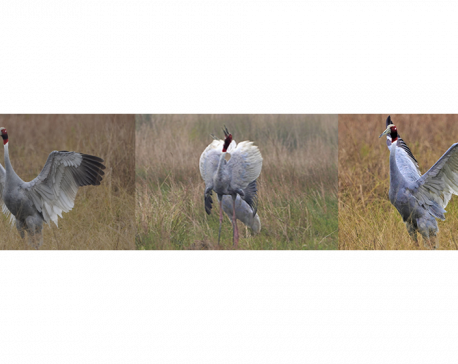
Protecting the wetlands and Sarus Cranes of Lumbini
Akin to so many bird species that dwell in the farmlands of Lumbini, Sarus Cranes also rely on the surrounding... Read More...
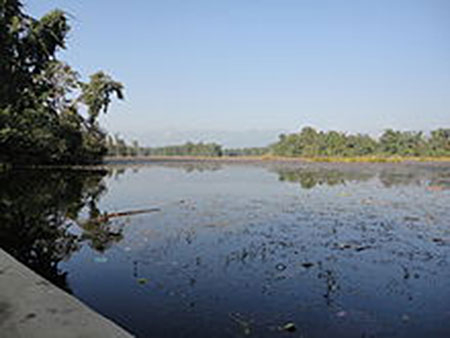
Some migratory birds making Ghodaghodi lake their ‘permanent home’
TIKAPUR, April 28: Spot-billed duck, a species of bird that was considered migratory until five years ago, has now become... Read More...
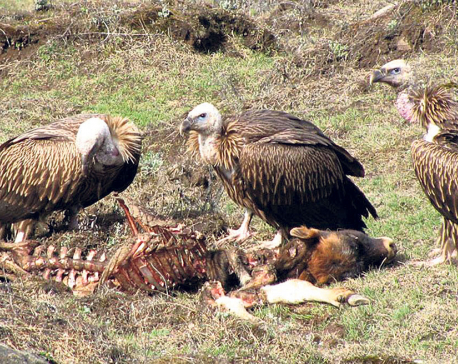
Vulture population declining despite conservation efforts
PALPA, Sept 2: Vultures’ population is showing worrying signs despite conservation efforts. Whether it be vulture restaurant or its pocket... Read More...

-1200x560-wm_20240503161056.jpg)
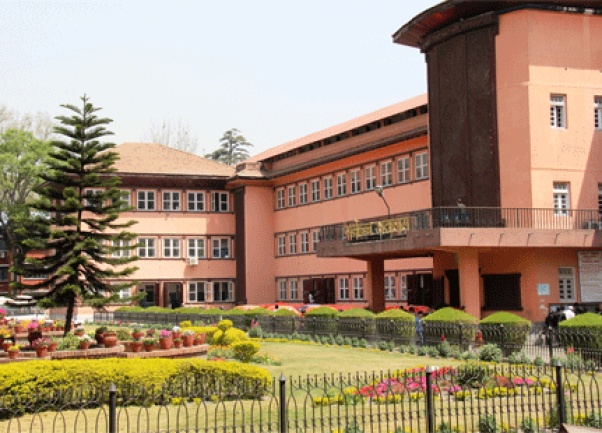
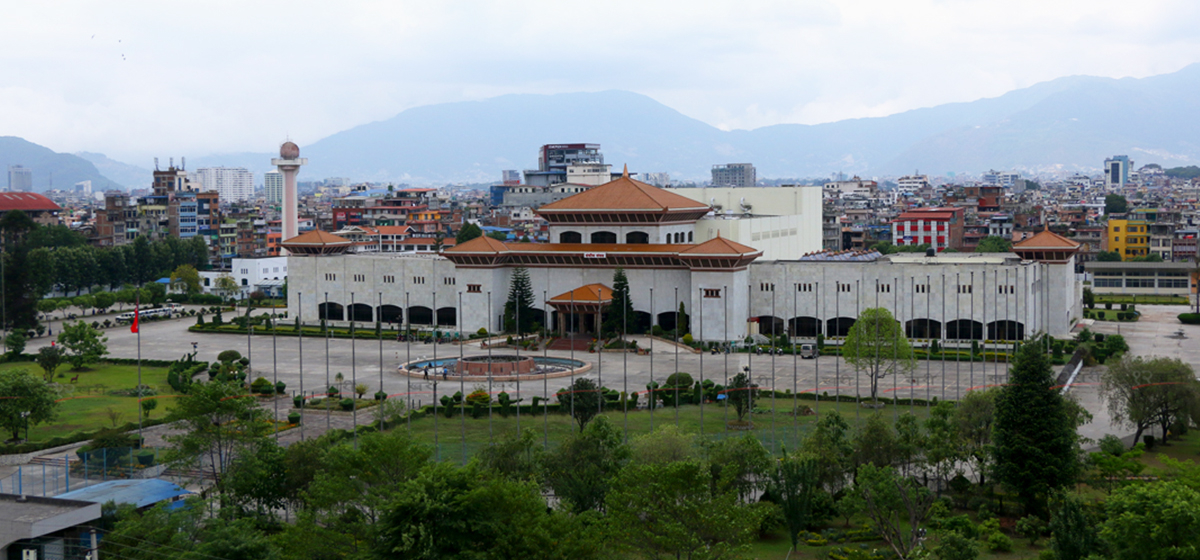

-1200x560-wm_20240503161056.jpg)
Just In
- Over two dozens bills stalled in previous parliamentary session yet to be registered for deliberation
- Japanese Foreign Minister Yoko Kamikawa to visit Nepal on Sunday
- Cabinet transfers six secretaries
- KMC’s 35-day ultimatum to RB Complex and People's Plaza to settle outstanding taxes
- Govt reduces fiscal equalization grant by Rs 317.4 million in Makwanpur
- Govt approves proposal to feature new Nepal map that includes Kalapani, Lipulekh and Limpiyadhura on 100 rupee note
- Madhesh: LSP’s provincial assembly member Abhiram Sharma suspended
- Flight operations again halted at PRIA on Friday












Leave A Comment